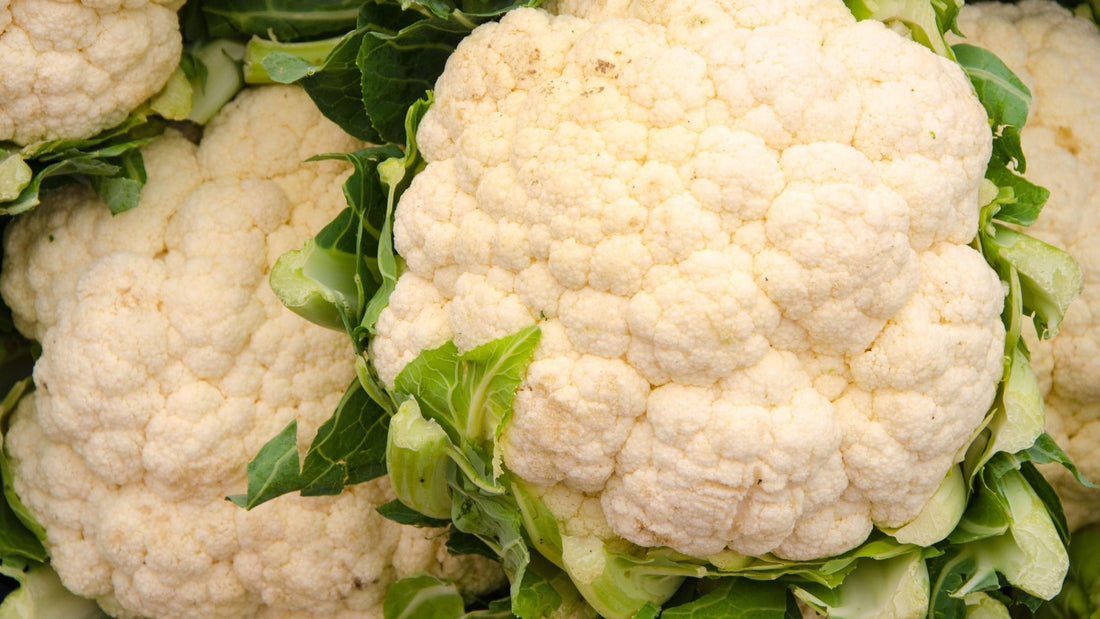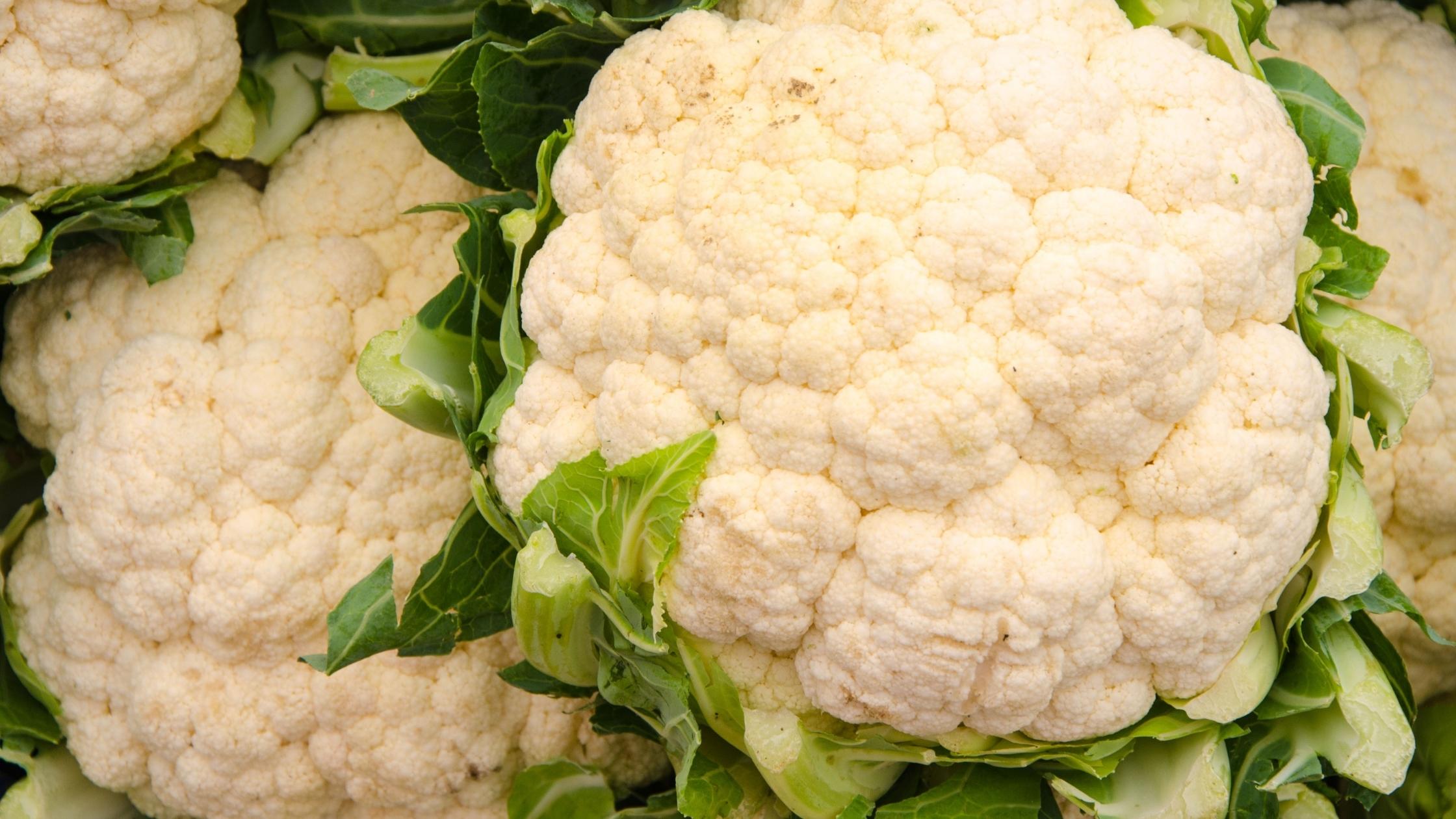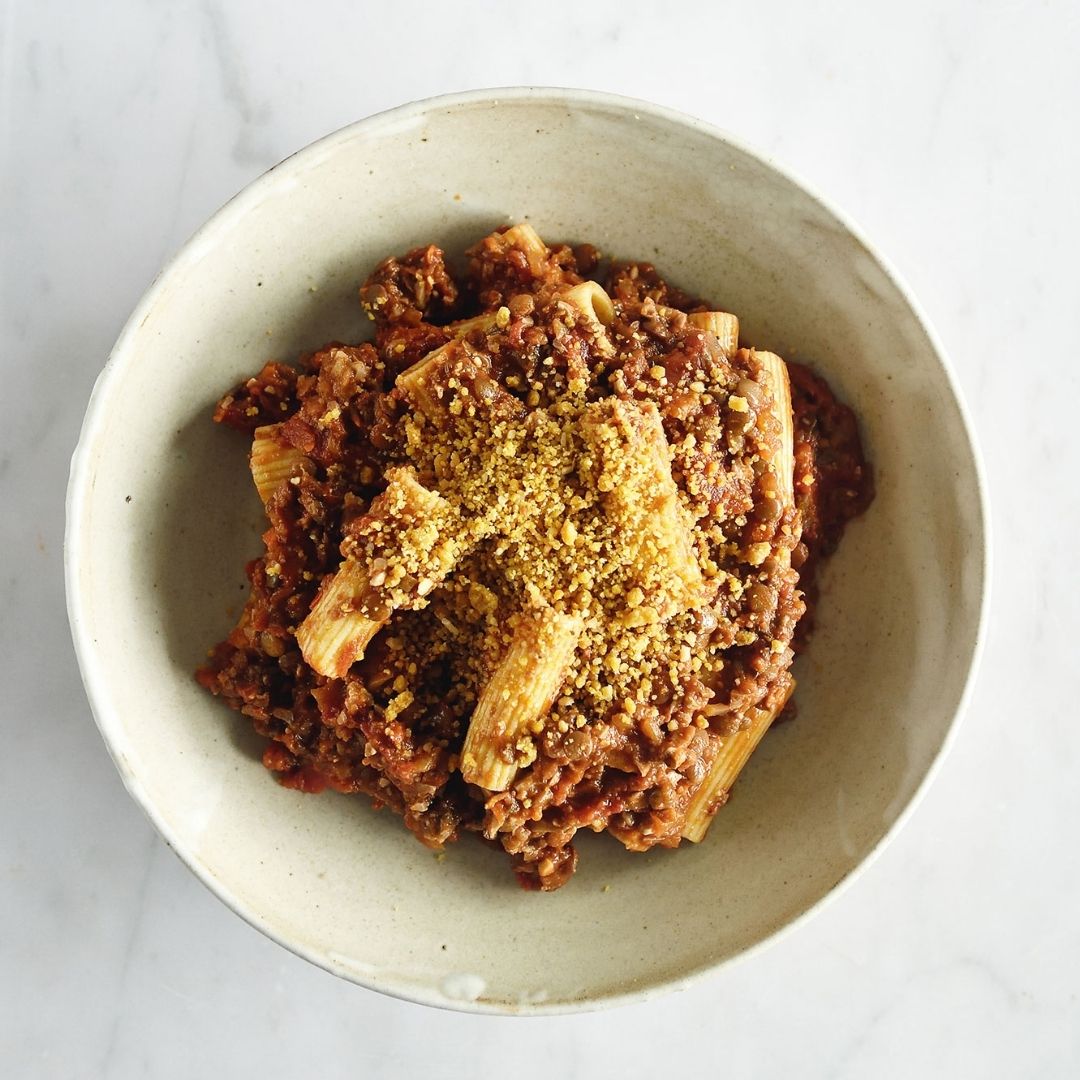
Restaurants, please stop calling mushrooms and cauliflower a protein
Share

On my own individual journey to eating a more sustainable diet, I’ve come across a lot of steep learning curves. I thought the biggest challenge would be finding tasty, enjoyable food, and I’m glad to say that’s not been the case. There’s lots of good tasting food around, and if you can cook yourself, then even better.
The bigger challenge has been finding adequate nutrition on a vegan diet when I’ve been eating out. Simply put, when I’ve gone back to restaurants I used to frequent as a meat eater, I am shocked to find how nutritionally void their vegan options can be.
It’s not all bad news, and I don’t want to be seen complaining, because having a vegan option is a BIG step forward, but if you’re going to go to the effort of having a vegan option, please make sure it is giving me enough protein.
And here I come to my beef with vegan menu items.
The Technical Reason Cauliflower is Referred to as a Protein
The protein count of cauliflower as a portion of its total calorific content is high. 31% of a cauliflower’s caloric content is protein, meaning that only 100g of cauliflower only has 25 calories.
That’s all well and good, but the actual amount of cauliflower you would need to hit to make this a pillar of your protein intake every day is super high. At my weight, I need approx. 67 grams of protein a day to be healthy. Obviously, a varied diet is important, but on cauliflower alone I would need to eat 2.2kg of Cauliflower.
(Order from FABA today and write to me in the notes of your delivery that you want to see me eat this much and I will do it).
The same in Chicken breast would be only a touch over 200 grams.
STOP CALLING CAULIFLOWER AND MUSHROOM A PROTEIN
I’ve been to a few different omnivorous restaurants in my last two weeks in Hong Kong that actively list cauliflower and mushroom as a protein.
Do they contain a significant amount of protein? Let’s compare

Cauliflower, per gram, contains one tenth the protein of chicken, and only one fifth the protein of mince beef. These numbers are even lower for mushrooms.
Even if you want to insist that cauliflower and mushroom are good sources of protein. Here’s what you get out of the rest of the wrap ingredients.

With 10g of protein in 100g of Pita bread, I may as well be calling the Pita bread the protein.
If 2.1g of mushroom per 100g is enough to call it a protein, here’s some other items that have more protein pound for pound that mushrooms do.

Does this sound compelling to you? What’s your protein? White Bread.
What are robust vegan proteins restaurants should feature instead
Maybe, tenuously, you could stretch it out and say, ‘well it’s hard to get protein in a vegan dish so that was the best we could do’, but that’s harder to claim these days.
Here’s a list of ingredients with over 10g of protein per 100g.

There’s no excuse for calling something vegan and not using one of these. They’re great tasting and nutritionally robust!
To take this a level further, thoughtful Vegan cooking with smart use of seeds or nuts into recipes can give this a bigger boost. You can see ingredients like sunflower seeds and cashews making regular appearances as flavour and protein boosters in vegan ‘cream’ sauces.

And we also live in the beautiful world of plant-based meats and alt-proteins. Swap them in easily as well.





